
United for the Planet: A Holistic View of World Environment Day
Every June 5th, the world comes together to reflect and take action to care for our common home. In 2025,
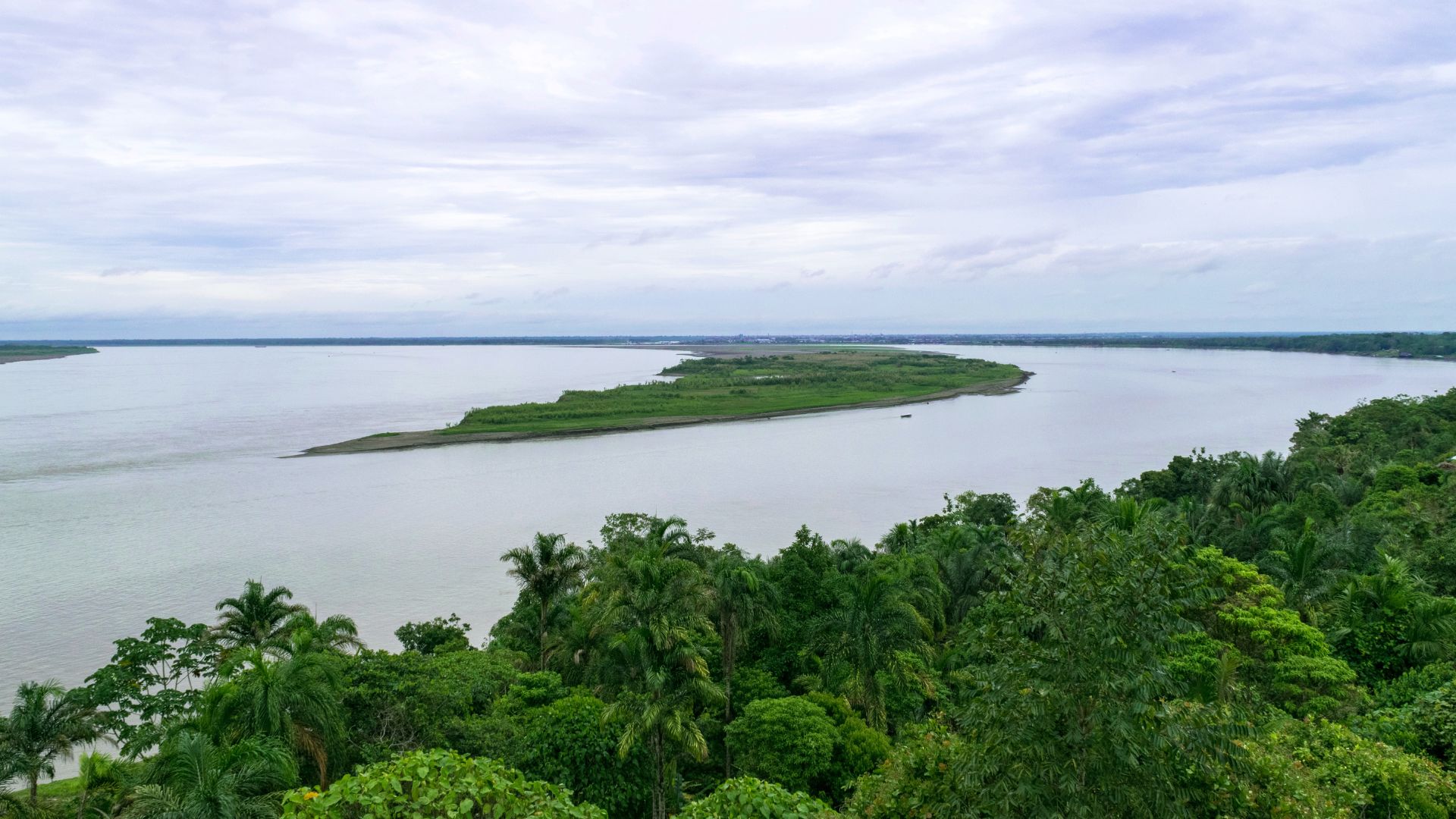
Reforestation is a powerful tool in the fight against deforestation, biodiversity loss, and climate change. But not all trees contribute equally to ecological restoration. Planting native tree species ensures a thriving, self-sustaining ecosystem that benefits wildlife, soil health, and local communities.
🌿 According to the U.S. Department of Agriculture, native plants conserve water, prevent soil erosion, and support pollinators and wildlife. Unlike non-native species, they have evolved to thrive in local conditions, making them the best choice for sustainable forestry and carbon sequestration.
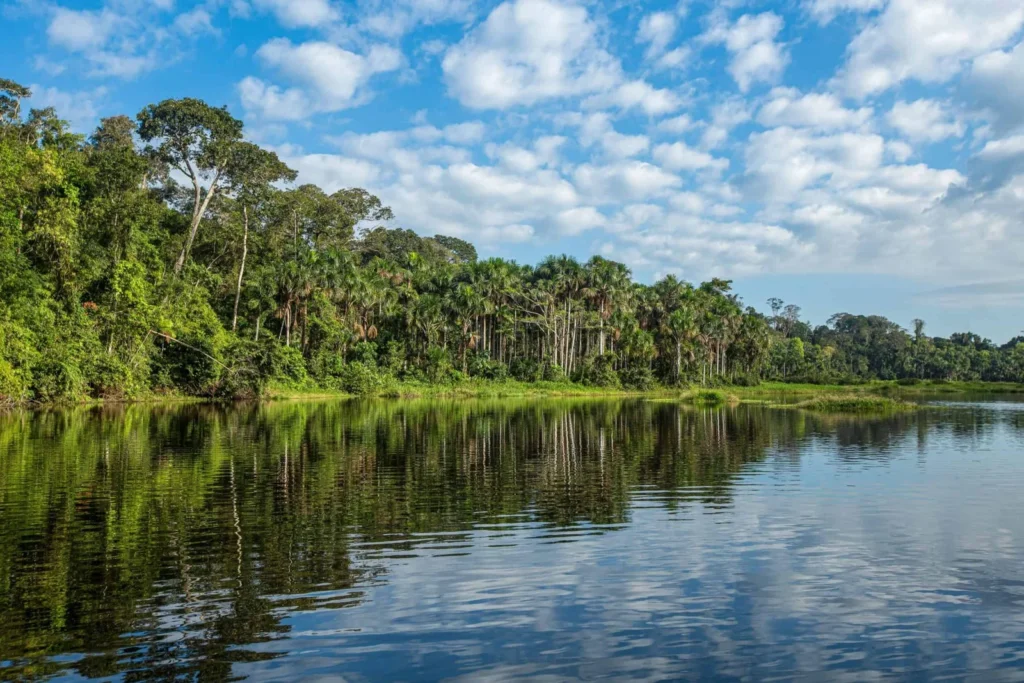
Native trees provide food and shelter for birds, pollinators, and mammals. The West Indian Locust (Hymenaea courbaril), planted through Forest Friends, is a key species supporting Amazonian wildlife while benefiting communities with its medicinal properties.
Forests act as natural carbon sinks, absorbing CO₂ and stabilizing temperatures. The Big Leaf Mahogany (Swietenia macrophylla) is a high-carbon capture species that helps combat climate change while restoring degraded land.
🌿 Ecologist E.O. Wilson emphasized the importance of restoration, stating, “There can be no purpose more enspiriting than to begin the age of restoration, reweaving the wondrous diversity of life that still surrounds us.”
Deforestation depletes soil nutrients and disrupts water cycles. Wild Cashew (Anacardium excelsum) and Inga Bean (Inga marginata) enrich degraded soils, prevent erosion, and improve groundwater retention.
Reforestation also means economic and social benefits. In Madre de Dios, Peru, Forest Friends is planting native trees that provide sustainable livelihoods for local farmers while protecting one of the world’s most biodiverse ecosystems.
✅ Osa Peninsula, Costa Rica – Restoring tropical broadleaf forests and promoting sustainable tourism.
✅ Madre de Dios, Peru – Supporting local communities and Amazon reforestation.
✅ Andean Cloud Forests – Protecting high-altitude ecosystems and critical water sources.
✅ Pantanal Wetlands, Brazil – Planting native trees like Copaiba (Copaifera langsdorffii) and Ipê (Handroanthus spp.) to restore one of the world’s most important wetlands.
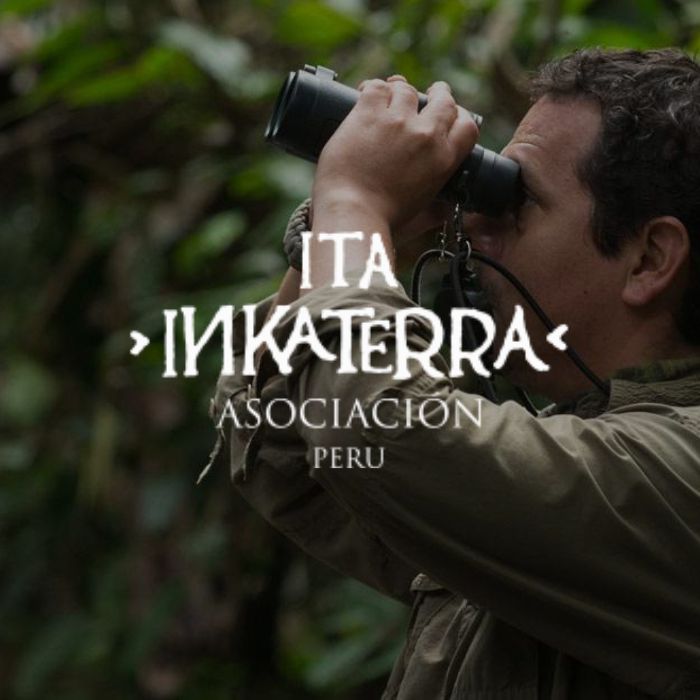

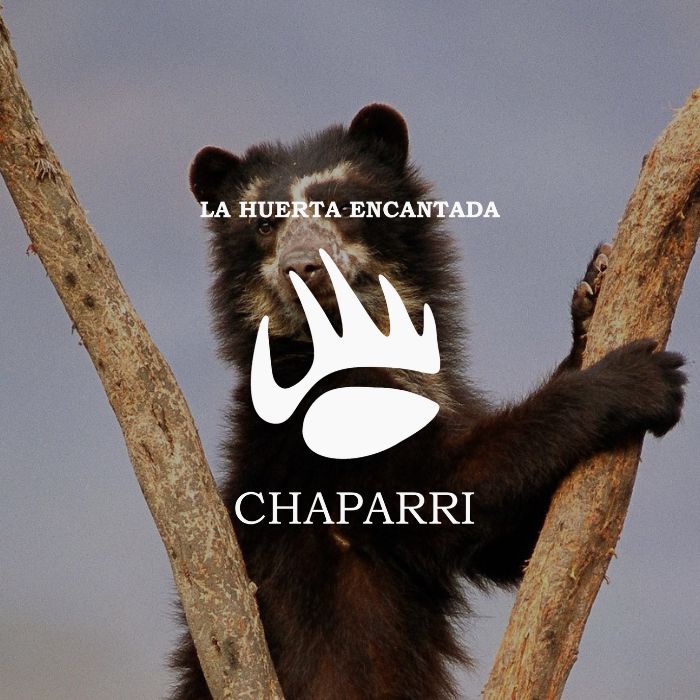
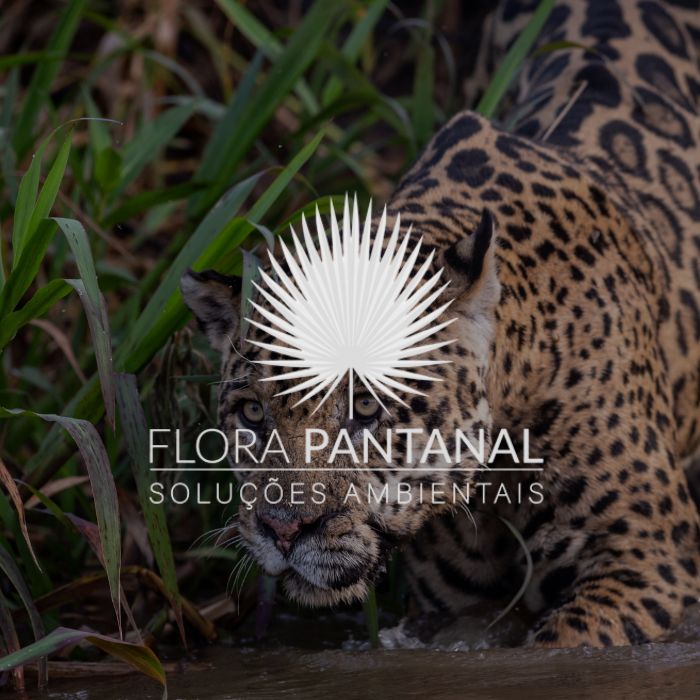
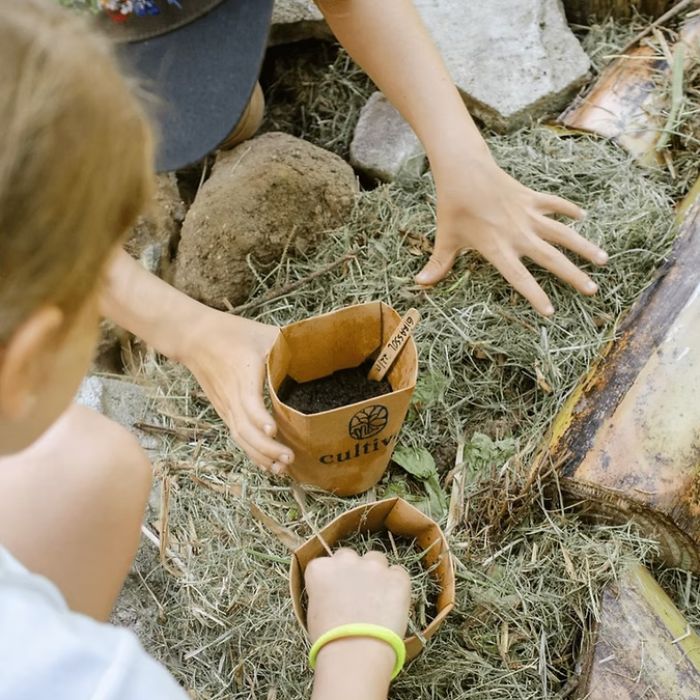
Many tree-planting projects prioritize fast-growing species over ecosystem health. However, commercial trees like eucalyptus and acacia deplete soil nutrients, consume excessive water, and disrupt local biodiversity.
🌿 The National Wildlife Federation recommends that at least 70% of planted species be native to maximize biodiversity benefits. By choosing native trees, we ensure long-term sustainability.

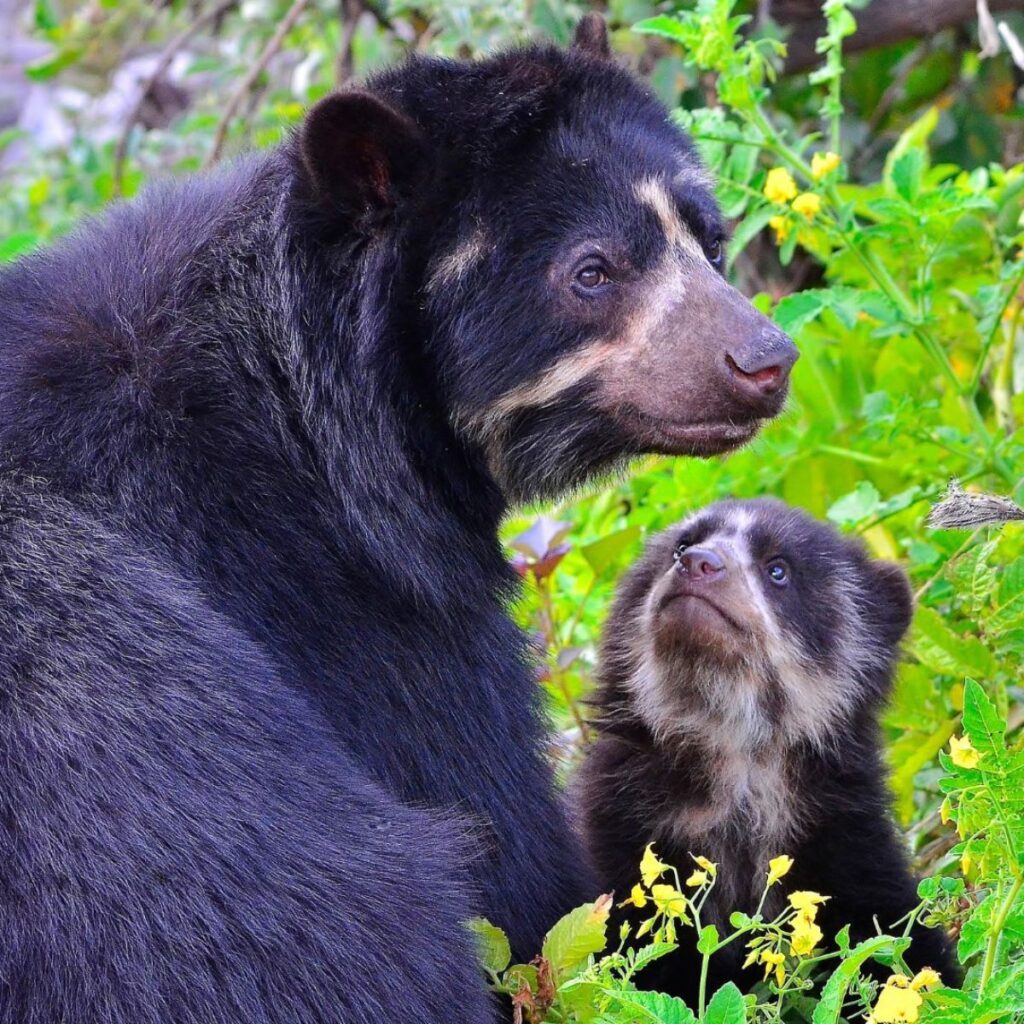
✅ Plant Native Trees – Buy trees from Forest Friends’ Tree Store to contribute to sustainable reforestation.
✅ Support Reforestation Projects – Donate or volunteer to help plant trees in critical ecosystems.
✅ Raise Awareness – Share knowledge about nature-based solutions for climate action.
Planting trees isn’t just about numbers—it’s about choosing the right species in the right locations. At Forest Friends, we focus on eco-friendly reforestation that benefits people and the planet.
🌿 Join the movement! Visit the Forest Friends Shop and plant a native tree today.
Cloud forests and other vital habitats, like Tambopata, are not just treasures for those who visit—they are lifelines for the planet. Protecting these ecosystems ensures the survival of countless species, sustains freshwater supplies for millions of people, and helps combat climate change. Ecotourism can strike a delicate balance between human interaction and preservation, fostering appreciation and resources for conservation.
By visiting responsibly, travelers contribute to a global effort to protect these irreplaceable environments. Whether it’s walking amidst ancient trees shrouded in mist or cruising along the Amazonian waterways, the experience is a humbling reminder of the planet’s wonders—and our role in safeguarding them.
So, pack your hiking boots, your curiosity, and your commitment to sustainability, and let the magic of cloud forests and the Tambopata rainforest transform the way you see the natural world. With partners like Tulu Travel, Swetours, and CEPA, your journey will not only inspire but also contribute to the preservation of our planet’s most extraordinary places.

Every June 5th, the world comes together to reflect and take action to care for our common home. In 2025,

Earth Day is more than just a celebration—it’s a global reminder that the future of our planet depends on the

Ecosystem restoration is often framed in terms of its environmental impact—protecting biodiversity, reducing carbon emissions, and enhancing soil health. However,

In today’s world, customers expect more than just quality products—they want to support brands that actively contribute to a healthier


© 2024 Forest Friends, a Green Initiative Trademark & Project – All Rights Reserved
